With projects shortlisted for Habitus House of the Year 2025, Anthony Gill and Jason Gibney join the podcast to discuss the state of housing in Australia today.

November 28th, 2025
Listen to the full episode here!
Some projects just speak to one another. Among the 26 shortlisted projects for this year’s Habitus House of the Year, supported by Winnings as well as Billi and Rogerseller, there are two New South Wales houses that offer a compelling dialogue about the state of housing in Australia in 2025.
First, Clifton House by Anthony Gill Architects. It’s in Bondi, a famous area in Sydney, and it deals with questions of density, privacy, overlooking and natural light.
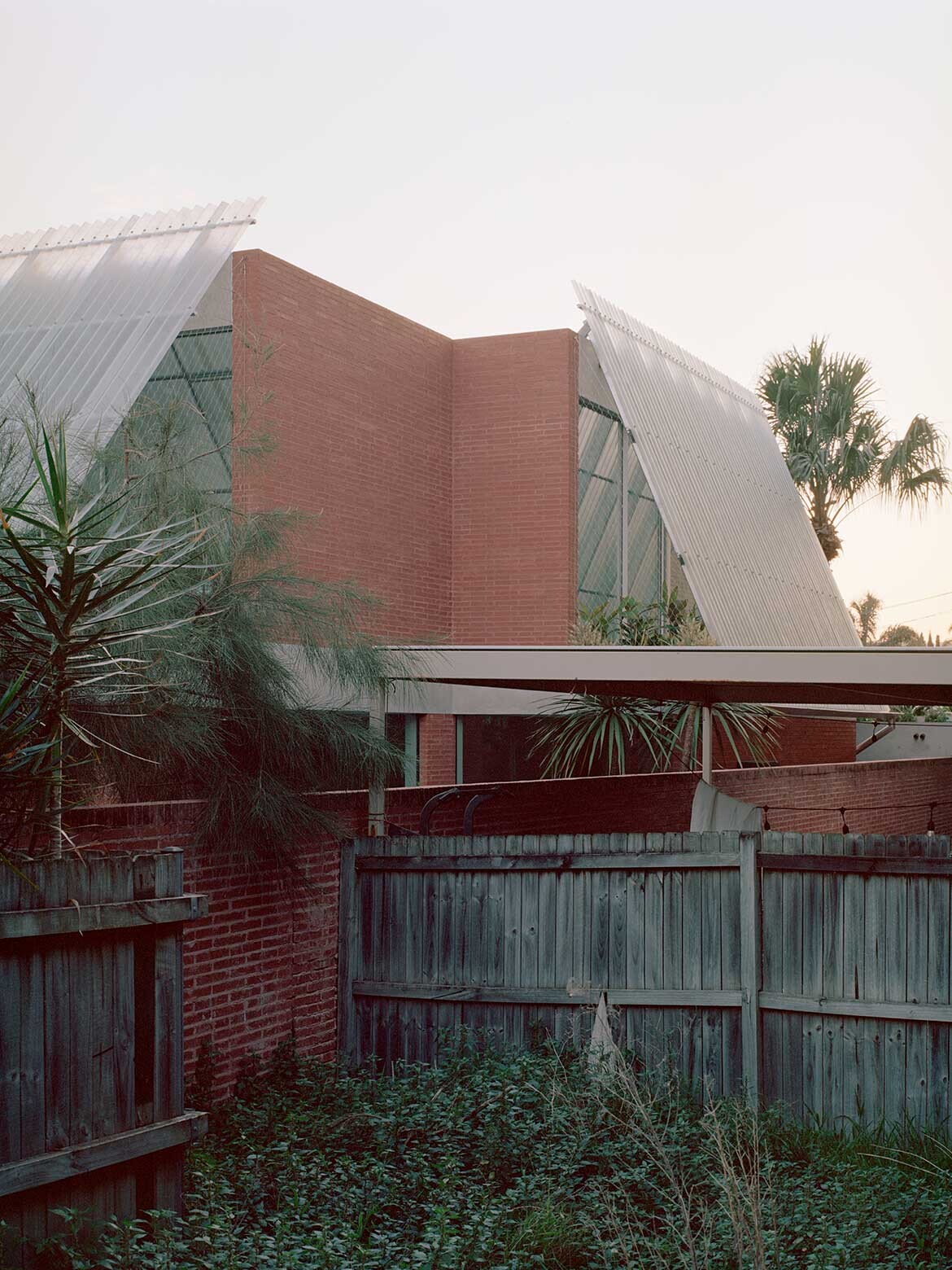
Second, Amongst the Eucalypts by Jason Gibney Design Workshop (JGDW). Located several hours up the coast by Seal Rocks, it engages with the regional coastal landscape, wildlife and bushfires.
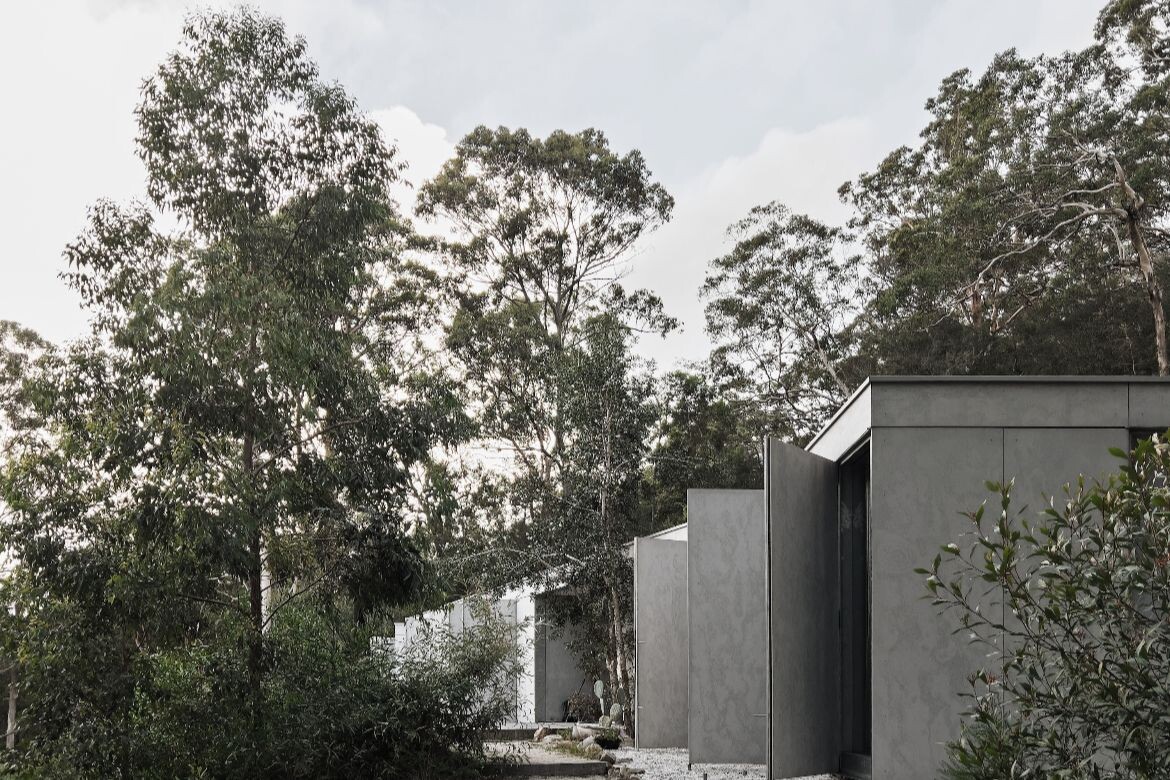
On the surface, then, not much in common. However, during our roundtable discussion for STORIESINDESIGN podcast at The Commons in Sydney, what became clear is that the two projects not only address conceptually similar issues but do so in strikingly similar architectural terms. The principles underpinning both projects are highly similar, even if they find very different manifestations.
Both Gibney and Gill (below, left and right respectively) spoke about surroundings, for one. With Amongst the Eucalypts, that primarily concerns the casuarina forest and native wildlife at the site. Clifton House might be more concerned with the possibility of overlooking neighbours, but both projects are fundamentally attuned to the life that immediately surrounds them.
Related: Kengo Kuma on the podcast
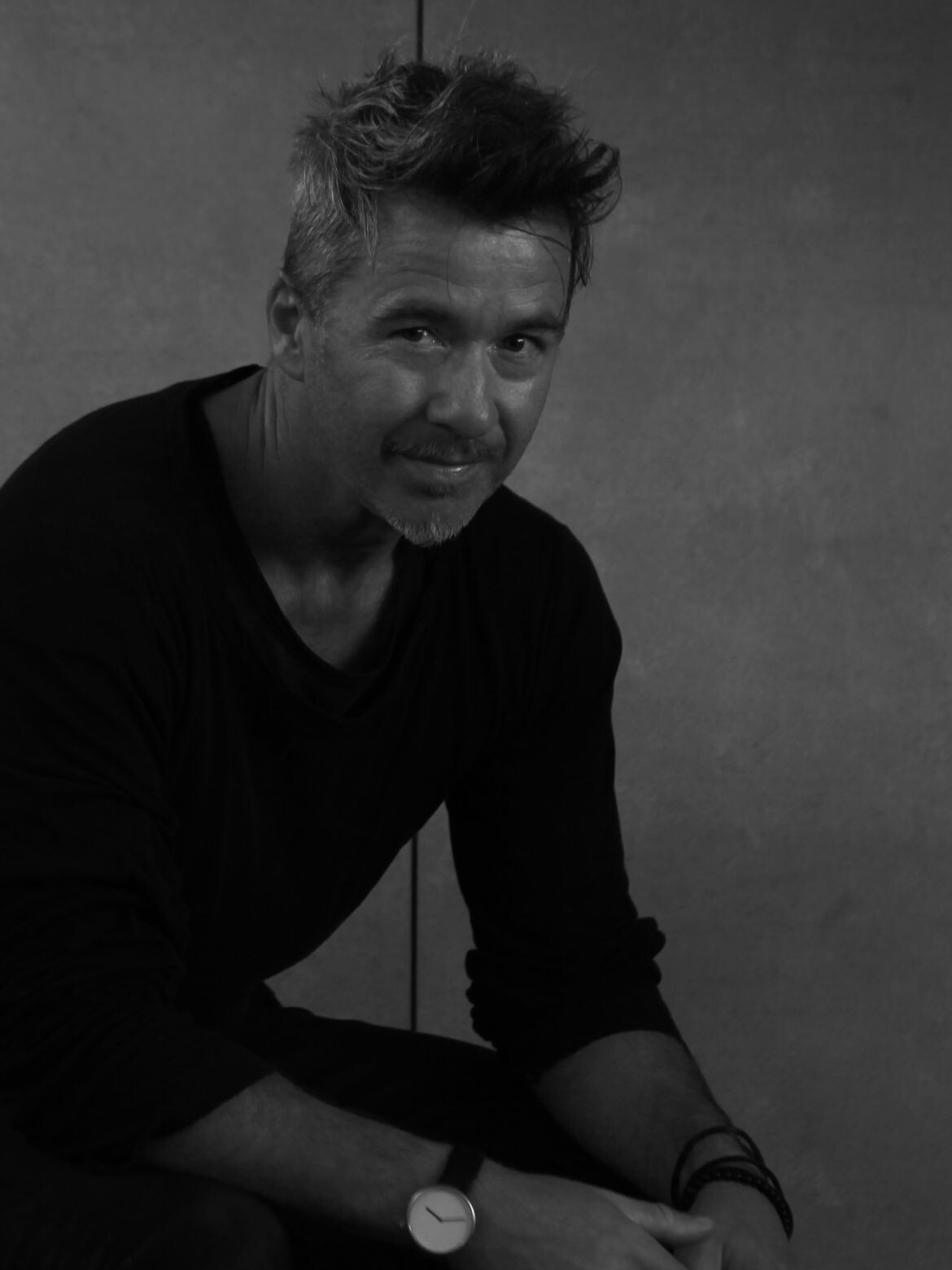
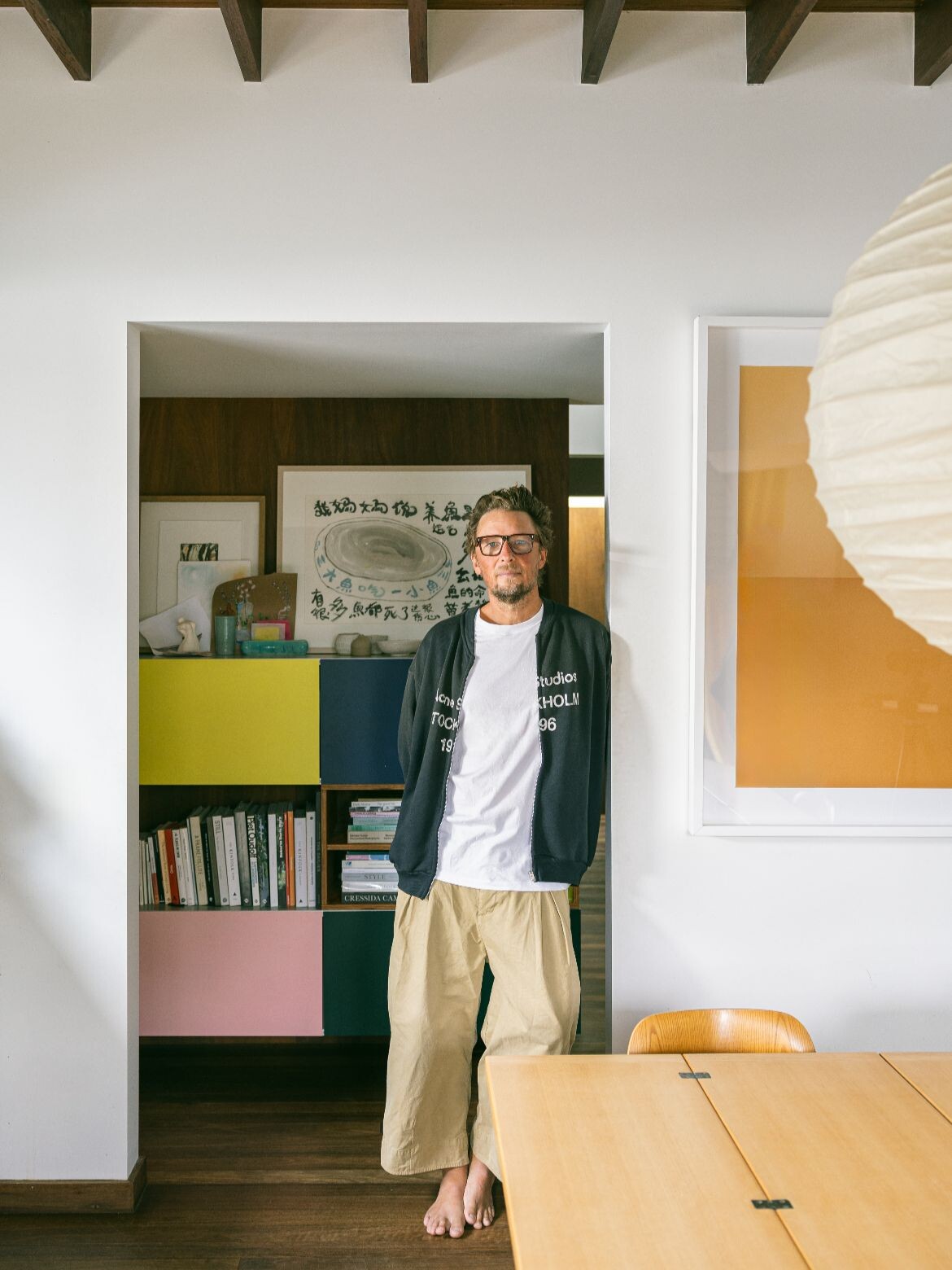
“I’ve always thought privacy is slightly overrated,” says Gill. “Clients are always talking about privacy as their greatest concern, and there are certain areas where you really need it. But at other times, connections to the street [and] to community are super important. So, it’s about getting that balance right by solving it in certain areas and giving the clients comfort that they’re going to be able to inhabit it the way they want.”
Each project also places a significant emphasis on landscape design, albeit at different scales. Gill has taken great care to curate interstitial moments of greenery behind fibreglass surfaces, while Gibney deliberately sets the house up in the trees as well as crafting private planted areas.

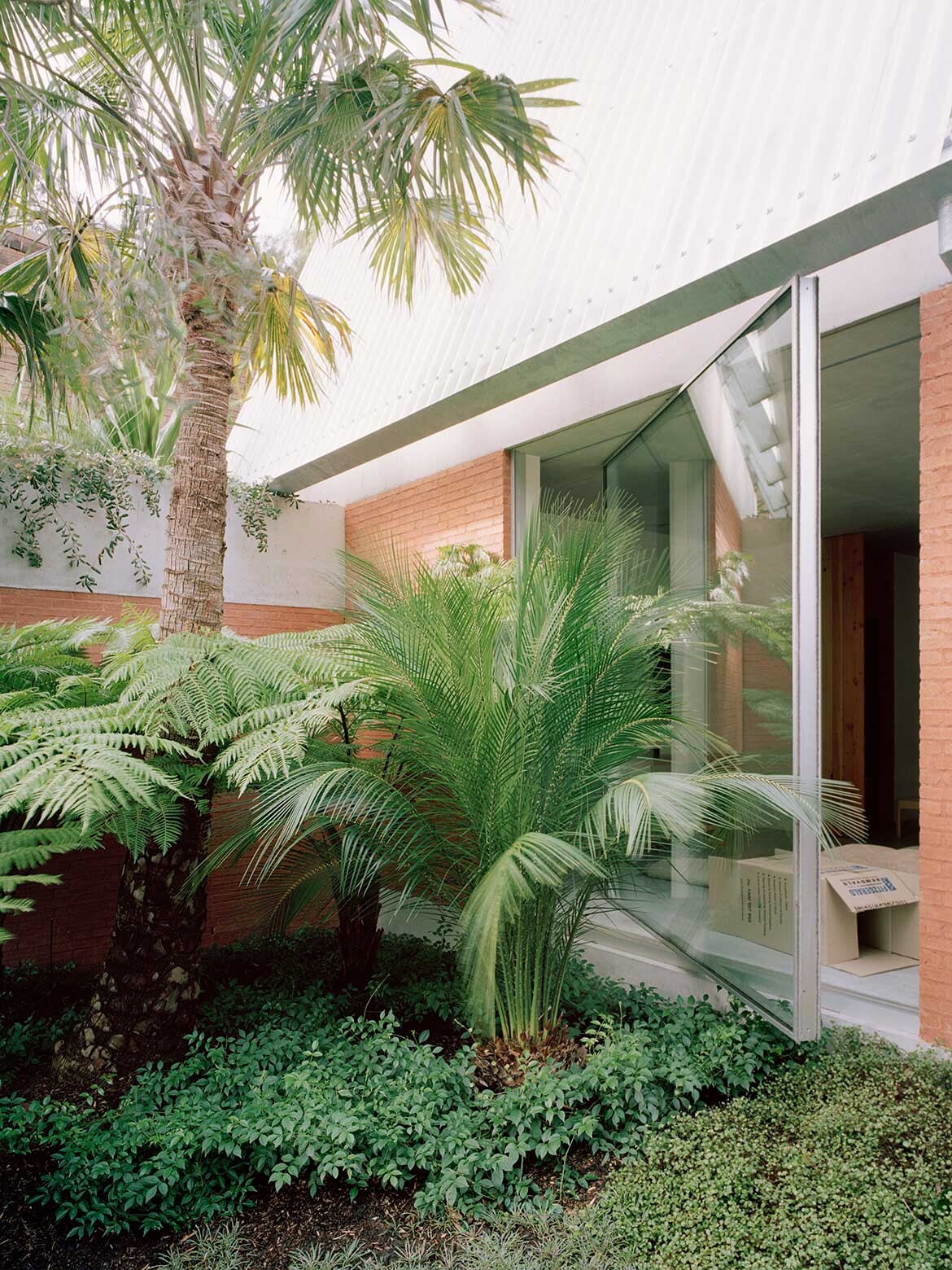
“We needed to come up with something quite different in terms of what council would accept,” explains Gill. Something, he continues, that “would provide privacy, but would also give us an opportunity to make those spaces upstairs really rich and enjoyable to inhabit. We planted these roof gardens and used this off-the-shelf fiberglass, corrugated material – which is probably more at home in industrial use. But it creates this beautiful soft light, and the gardens grow feverishly underneath these screens. By the time you get upstairs, it actually has this otherworldly character to that does make you forget that you’re in Bondi.”
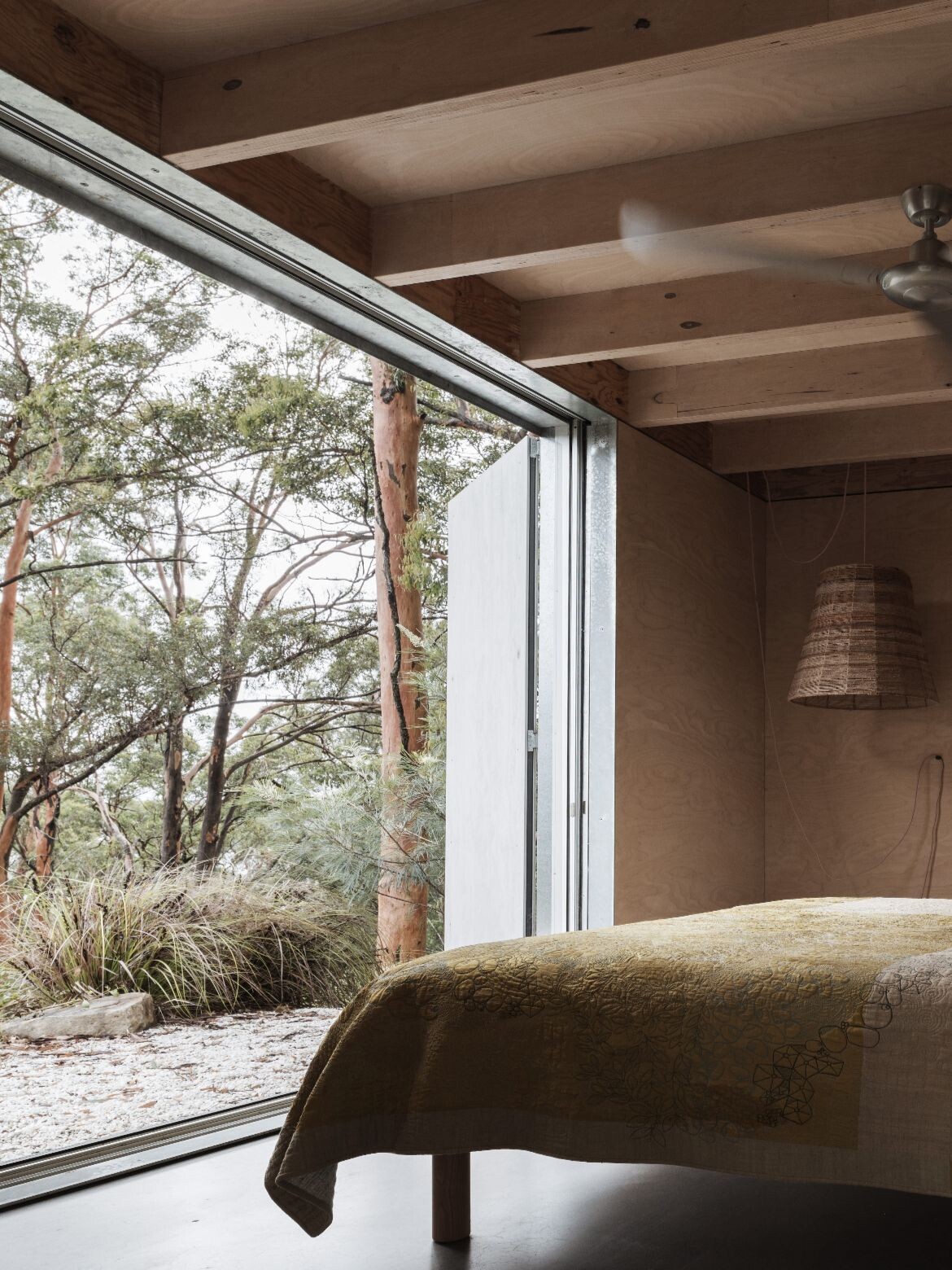
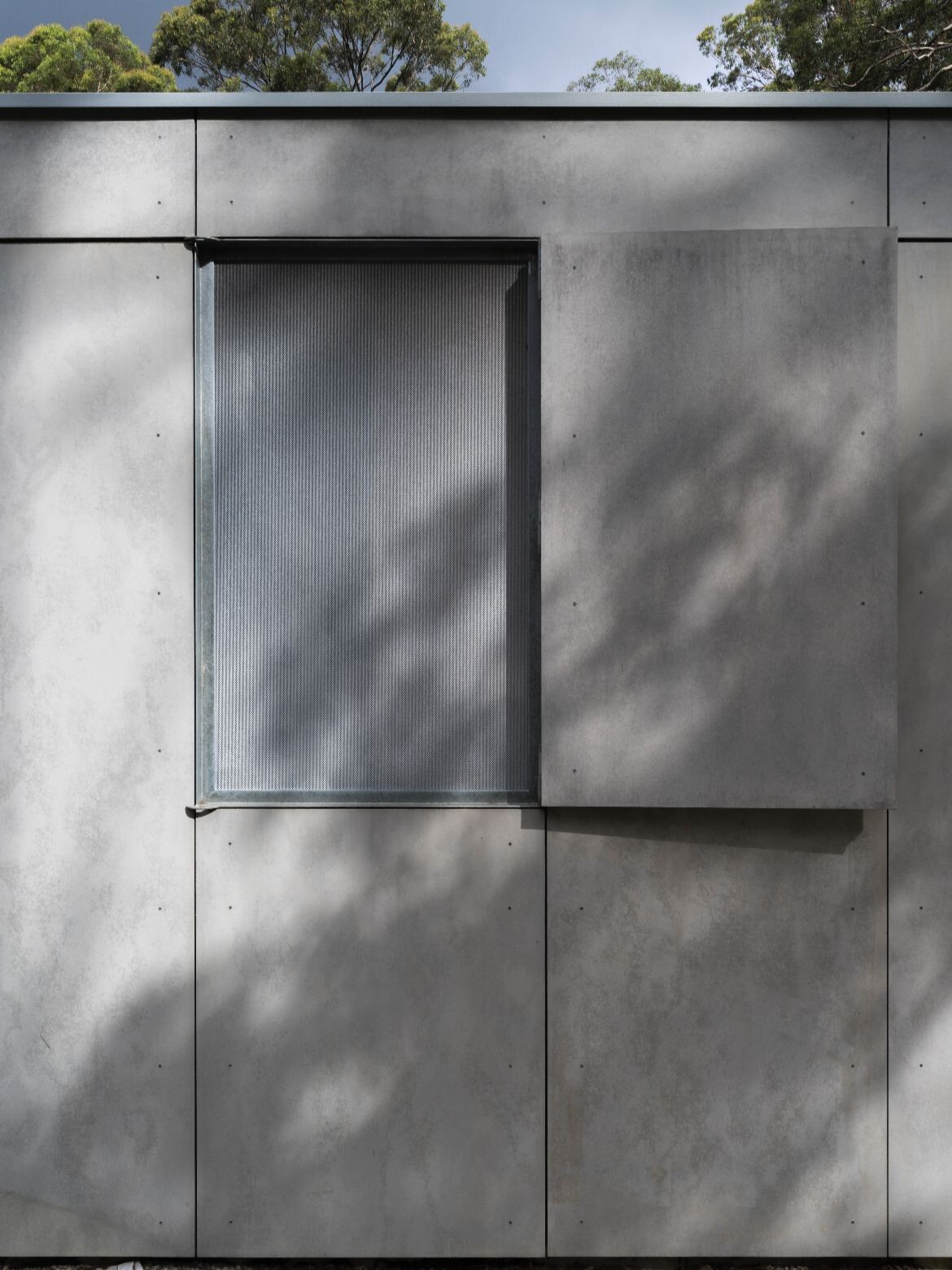
Describing his own engagement with the landscape by Seal Rocks, Gibney says: “As you go up the hill, you lose sight of the lake. But then as you go higher and higher, it appears again – and now, it appears beyond the canopy of the trees. So, you’re halfway up the hill and you have a mature tree canopy below your eyeline, with water above. Everything changed when we got up there… You were in this undeveloped area where nobody built houses, and so even the fauna – the birds and the lizards – just seem so at home. They weren’t bothered because they weren’t used to people being there when we were building.”

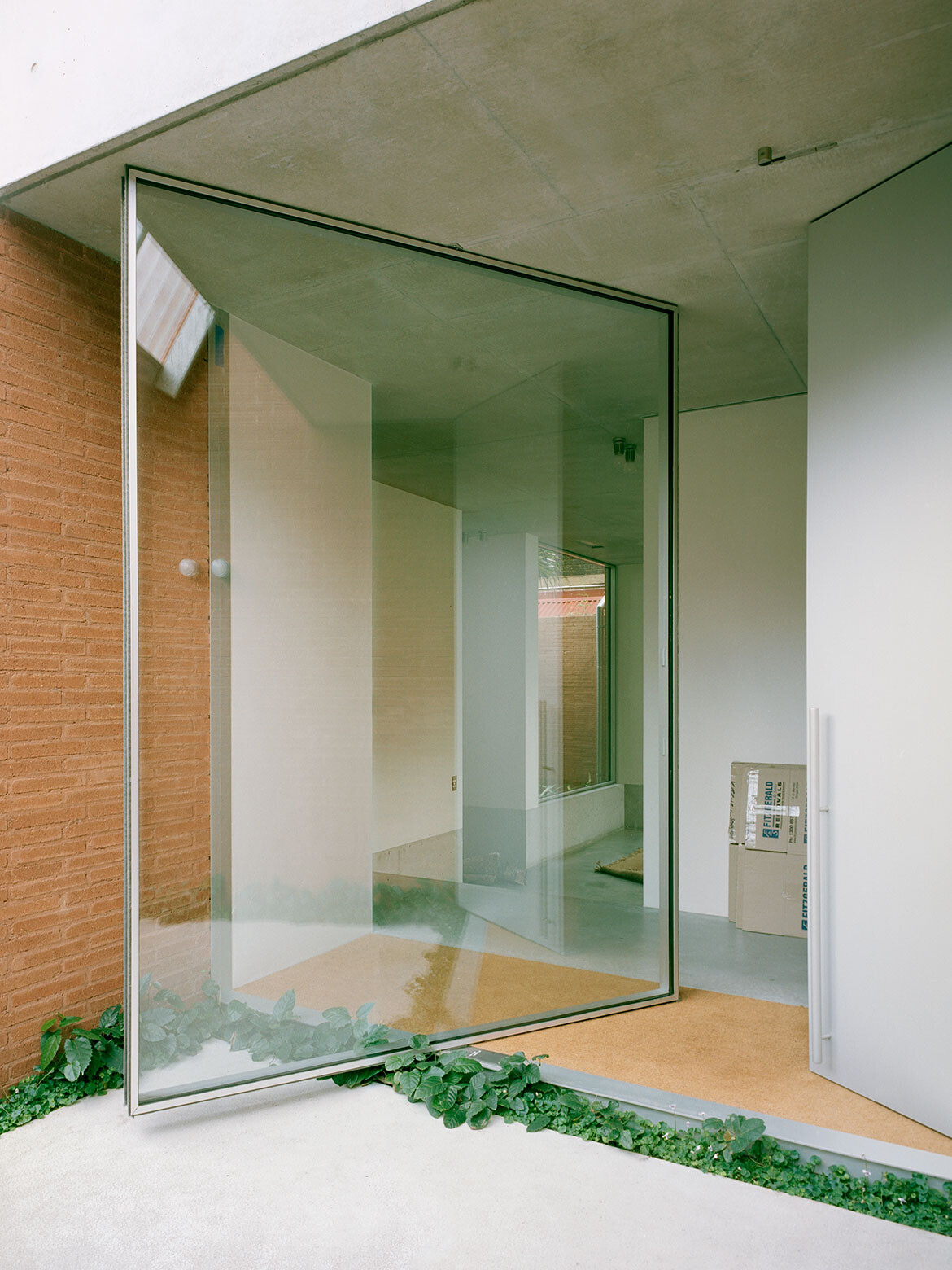
Like all good architecture, it’s about context – and it’s about not taking the similarities literally. With both architects in agreement, Gibney concludes: “These are buildings in an Australian suburban area or an Australian bushland site, and we do have unique climatic conditions that draw out a certain response. And yet at the same time, I think you could take the same logic or principles and apply them anywhere – because [the parts] that became the solution to deal with those parameters are about bringing back the humanity and the nature side of how we live and dwell anyway.”
Listen to the full episode here!
Anthony Gill Architects
gillarchitects.com.au
Jason Gibney Design Workshop (JGDW)
jgdw.com.au
Photography
Justin Alexander (Amongst the Eucalypts), Rory Gardiner (Clifton House)
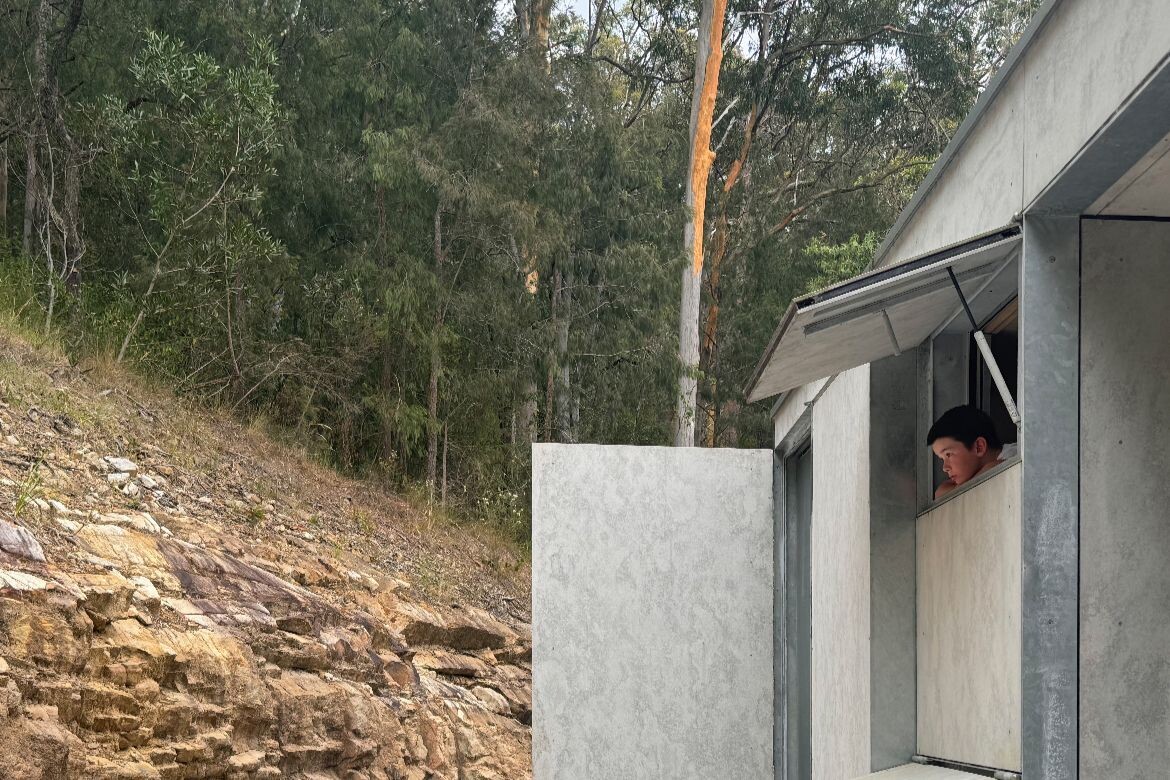
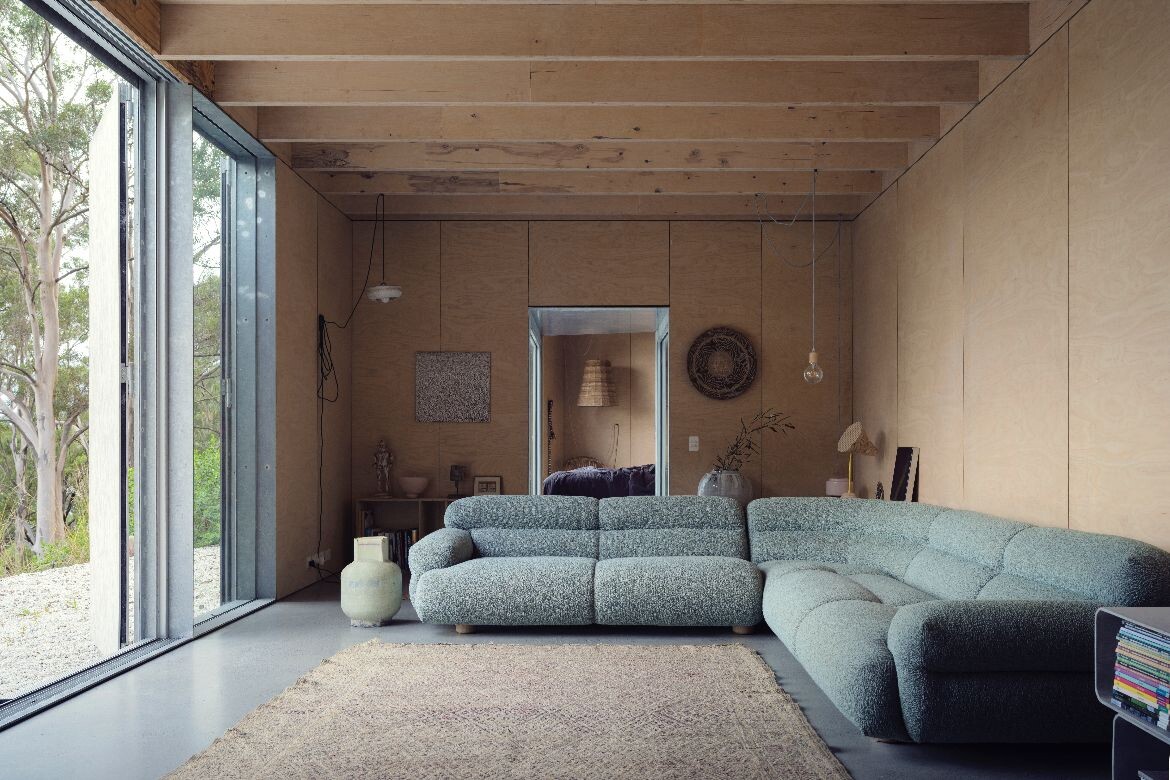
INDESIGN is on instagram
Follow @indesignlive
A searchable and comprehensive guide for specifying leading products and their suppliers
Keep up to date with the latest and greatest from our industry BFF's!
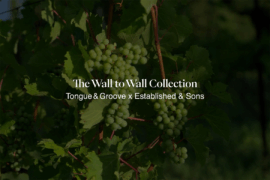
London-based design duo Raw Edges have joined forces with Established & Sons and Tongue & Groove to introduce Wall to Wall – a hand-stained, “living collection” that transforms parquet flooring into a canvas of colour, pattern, and possibility.
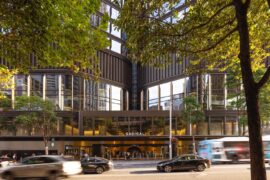
Rising above the new Sydney Metro Gadigal Station on Pitt Street, Investa’s Parkline Place is redefining the office property aesthetic.
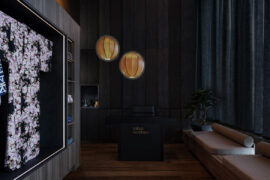
Making a splash on the hair spa scene, the latest project from X + O makes a little slice of Japan right at home in suburban Melbourne.

Former INDE Luminary LeAmon joins the Design Institute of Australia (DIA) following more than a decade as the inaugural Curator of Contemporary Design and Architecture at the National Gallery of Victoria (NGV).
The internet never sleeps! Here's the stuff you might have missed
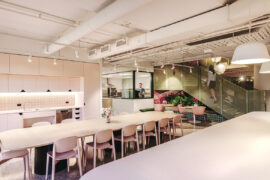
Gray Puksand’s adaptive reuse of former Melbourne office into Hester Hornbrook Academy’s new City Campus shows how architecture can support wellbeing, connection and community.
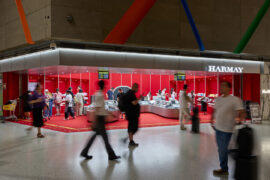
With its latest outpost inside Shanghai’s bustling Hongqiao International Airport, HARMAY once again partners with AIM Architecture to reimagine retail through colour, movement and cultural expression.
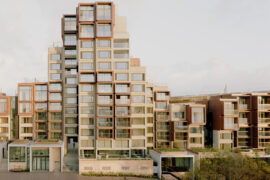
BVN’s Sirius Redevelopment has been named one of two joint winners of The Building category at the INDE.Awards 2025. Celebrated alongside Central Station by Woods Bagot and John McAslan + Partners, the project reimagines an iconic Brutalist landmark through a design approach that retains heritage while creating a vibrant, sustainable future for Sydney.